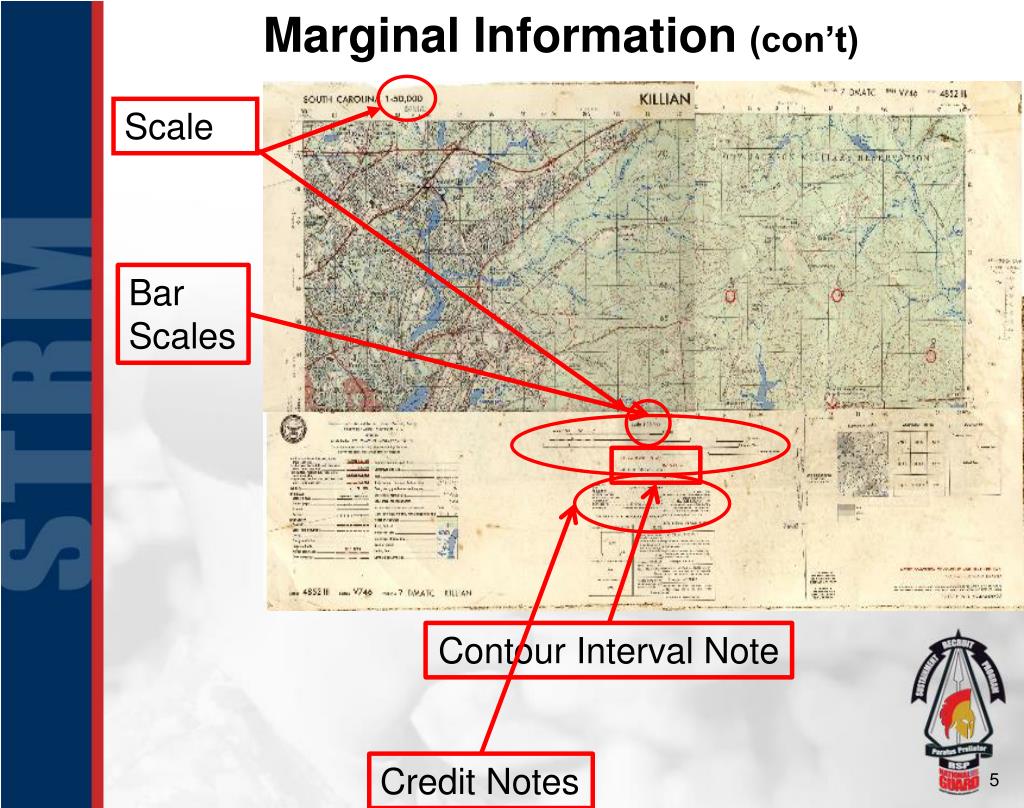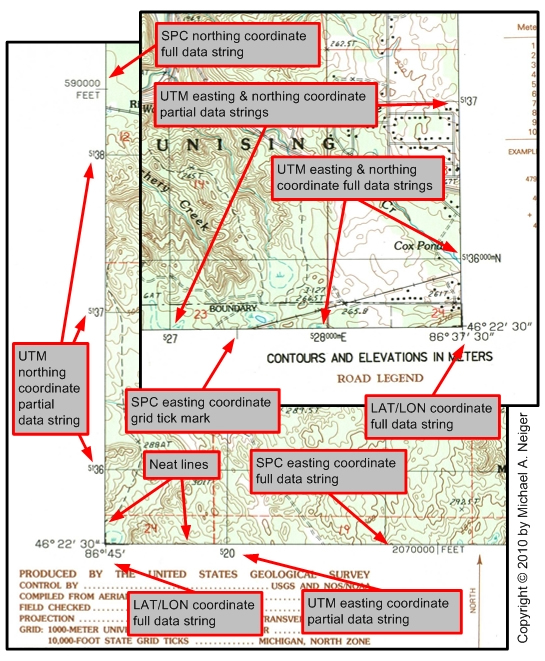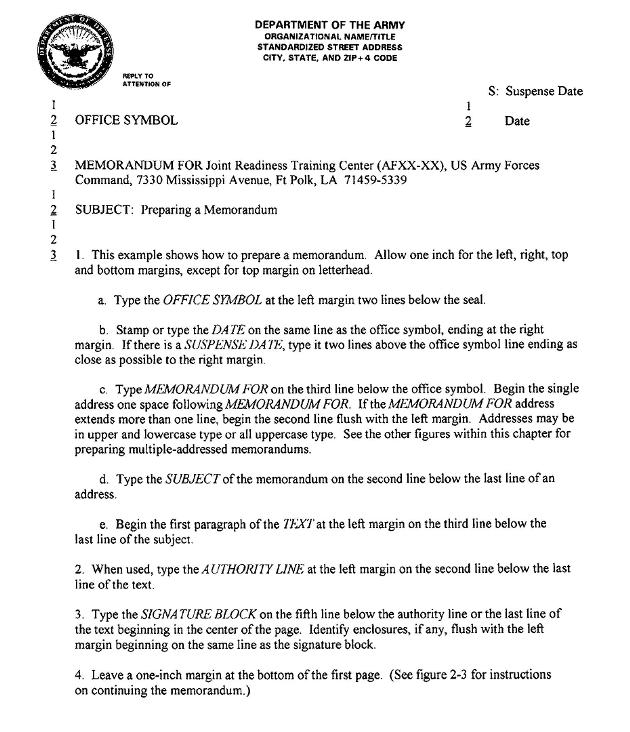Armed Margins: A Deep Dive Into The Concept That Shapes Modern Defense Strategies
Armed margins" is a term that might not be familiar to everyone, but it plays a critical role in shaping how nations approach their defense strategies. Imagine a world where borders are not just lines on a map but actual zones of protection, equipped with technology, personnel, and resources to safeguard a country's sovereignty. That's what armed margins are all about. Whether you're a policy enthusiast, a history buff, or just curious about global security, this topic is worth exploring. So, buckle up, because we're diving into the nitty-gritty of armed margins and why they matter.
Now, let me ask you something—how often do you think about the invisible barriers that keep your country safe? Probably not much, right? But those barriers are more than just fences or walls; they're sophisticated systems designed to protect us from potential threats. Armed margins are the unsung heroes of national security, and understanding them can give you a fresh perspective on how modern warfare is evolving.
From historical conflicts to cutting-edge technology, armed margins have come a long way. In this article, we'll break down the concept, its significance, and how it impacts our lives. Whether you're looking for expert insights or just want to expand your knowledge, this guide has got you covered. So, let's get started!
Read also:Cash Baker 2024 The Ultimate Guide To Mastering The Future Of Financial Growth
What Are Armed Margins? A Quick Overview
Let's start with the basics. Armed margins refer to the fortified borders or perimeters that countries establish to enhance their defense capabilities. These aren't just physical barriers; they're dynamic systems that include surveillance, communication, and rapid response mechanisms. Think of them as the first line of defense against external threats, whether it's terrorism, illegal immigration, or even cyber attacks.
Historically, armed margins were simple structures like walls or trenches. But today, they're equipped with advanced technology, including drones, sensors, and AI-driven analytics. This evolution reflects the changing nature of global security challenges. By understanding what armed margins are, we can better appreciate their role in maintaining peace and stability.
Here’s a quick rundown of what armed margins entail:
- Physical infrastructure like fences, barriers, and checkpoints
- Technological tools such as surveillance cameras, radar systems, and biometric scanners
- Military personnel and rapid response teams
- Data-driven systems for threat detection and analysis
As you can see, armed margins are much more than just lines on a map. They're complex networks designed to protect and serve.
Why Are Armed Margins Important?
In a world filled with uncertainty, armed margins provide a sense of security that's hard to quantify. They're not just about keeping people out; they're also about ensuring that legitimate trade and travel can continue smoothly. By fortifying borders, countries can focus on economic growth without constantly worrying about external threats.
Here are some key reasons why armed margins are so crucial:
Read also:Dallas Cowboys Anisha The Rising Star In The Nfl Universe
- Deterrence: The presence of armed margins acts as a deterrent to potential aggressors.
- Control: They allow governments to regulate movement across borders, preventing illegal activities.
- Protection: Armed margins safeguard citizens from both physical and digital threats.
- Stability: By securing borders, countries can foster a stable environment for development.
Think about it—without armed margins, borders would be vulnerable to exploitation, and national security would be at risk. That's why investing in these systems is a priority for many countries around the world.
Armed Margins in History: From Ancient Walls to Modern Fortifications
The concept of armed margins isn't new. Throughout history, civilizations have built walls and fortifications to protect themselves from invaders. The Great Wall of China, Hadrian's Wall in England, and the Berlin Wall are just a few examples of how armed margins have evolved over time.
But the modern era has brought about a significant shift. Instead of relying solely on physical structures, countries now incorporate technology into their defense strategies. This shift reflects the changing nature of threats, which are no longer confined to physical battles. Cybersecurity, for instance, has become a critical component of armed margins, highlighting the importance of adapting to new challenges.
Key Historical Examples of Armed Margins
- The Great Wall of China: Built to protect against nomadic invasions, this wall is a testament to the ingenuity of ancient engineers.
- Hadrian's Wall: Constructed by the Romans to defend their territory in Britain, this wall served both military and political purposes.
- The Maginot Line: A series of fortifications built by France in the 1930s to deter German aggression.
These examples illustrate how armed margins have been used throughout history to protect nations and their people. As we move forward, the lessons from the past can inform how we approach modern defense strategies.
The Role of Technology in Armed Margins
Technology has revolutionized the way armed margins are designed and implemented. Gone are the days of relying solely on physical barriers; today, countries leverage cutting-edge tools to enhance their defense capabilities. From drones to AI, the possibilities are endless.
Here are some of the most significant technological advancements in armed margins:
- Surveillance Systems: High-resolution cameras and sensors provide real-time monitoring of borders.
- Artificial Intelligence: AI-driven analytics help identify potential threats before they escalate.
- Unmanned Aerial Vehicles (UAVs): Drones are used for patrolling and gathering intelligence.
- Cybersecurity Measures: Protecting digital infrastructure is as important as securing physical borders.
By integrating these technologies, countries can create more effective and efficient armed margins that address both traditional and modern threats.
How AI Is Transforming Armed Margins
Artificial intelligence is one of the most exciting developments in the field of armed margins. AI systems can process vast amounts of data quickly, identifying patterns and anomalies that might go unnoticed by human analysts. This capability makes them invaluable for threat detection and response.
For example, AI-powered surveillance systems can analyze footage from multiple cameras simultaneously, alerting authorities to suspicious activity. Similarly, AI-driven cybersecurity tools can detect and neutralize cyber threats in real-time, ensuring that digital borders are as secure as physical ones.
Challenges in Implementing Armed Margins
While armed margins offer numerous benefits, they also come with challenges. One of the biggest hurdles is the cost of implementation. Building and maintaining sophisticated defense systems requires significant investment, which not all countries can afford. Additionally, there are ethical considerations to address, such as the potential for over-surveillance and privacy violations.
Here are some of the main challenges associated with armed margins:
- Financial Constraints: Developing and maintaining armed margins can be expensive.
- Ethical Concerns: The use of surveillance and data collection raises questions about privacy and civil liberties.
- Environmental Impact: Building physical barriers can have adverse effects on local ecosystems.
Addressing these challenges requires careful planning and collaboration between governments, technologists, and stakeholders. By finding a balance between security and ethics, countries can create armed margins that protect without compromising fundamental rights.
Striking a Balance Between Security and Privacy
One of the most pressing issues in the realm of armed margins is the tension between security and privacy. While it's essential to protect borders, it's equally important to respect individual rights. Striking this balance requires transparent policies and robust oversight mechanisms.
For instance, implementing privacy-enhancing technologies can help mitigate concerns about surveillance. Similarly, establishing clear guidelines for data collection and usage can ensure that armed margins don't infringe on civil liberties. By prioritizing transparency and accountability, countries can build trust with their citizens while maintaining security.
Armed Margins and Global Security: A Broader Perspective
Armed margins are not just about protecting individual countries; they also play a role in global security. By securing borders, nations can contribute to regional stability and cooperation. For example, countries that share a border can work together to create joint defense systems, enhancing their collective security.
However, armed margins can also lead to tension and conflict if not managed properly. Disputes over border demarcation or resource allocation can escalate into full-blown conflicts. That's why international agreements and diplomacy are crucial in ensuring that armed margins serve as tools for peace rather than sources of conflict.
The Role of International Cooperation
International cooperation is essential for the effective implementation of armed margins. By working together, countries can share resources, technology, and expertise to enhance their defense capabilities. This collaboration can take many forms, from joint military exercises to information-sharing agreements.
For example, NATO member states collaborate on defense strategies, including the development of armed margins. By pooling their resources, these countries can create a more robust and resilient defense network. Similarly, regional organizations like ASEAN promote cooperation on border security issues, fostering trust and stability in the region.
Case Studies: Real-World Examples of Armed Margins
To better understand the impact of armed margins, let's look at some real-world examples. These case studies highlight the successes and challenges of implementing armed margins in different contexts.
Case Study 1: Israel's Border Fence
Israel's border fence is one of the most well-known examples of armed margins. Built to deter terrorist attacks and illegal immigration, the fence incorporates advanced technology, including motion sensors and cameras. While it has been effective in reducing cross-border violence, it has also sparked controversy over its impact on local communities.
Case Study 2: The US-Mexico Border Wall
The US-Mexico border wall is another prominent example of armed margins. Designed to curb illegal immigration and drug trafficking, the wall has become a political flashpoint. Critics argue that it's ineffective and environmentally damaging, while supporters claim it's necessary for national security.
Future Trends in Armed Margins
As technology continues to evolve, so too will armed margins. Future trends in this field are likely to focus on enhancing efficiency, reducing costs, and addressing ethical concerns. Here are some of the trends to watch:
- Autonomous Systems: Self-driving vehicles and drones could play a bigger role in patrolling borders.
- Quantum Computing: This emerging technology could revolutionize cybersecurity, making digital borders even more secure.
- Sustainable Solutions: Countries may explore eco-friendly alternatives to traditional barriers, minimizing environmental impact.
By embracing these trends, countries can create armed margins that are not only effective but also sustainable and ethical.
Preparing for the Future
Preparing for the future of armed margins requires a proactive approach. Governments must invest in research and development, collaborate with international partners, and engage with stakeholders to ensure that their defense strategies remain relevant and effective. By staying ahead of the curve, countries can adapt to new challenges and maintain their security.
Conclusion: Why Armed Margins Matter
In conclusion, armed margins are a vital component of modern defense strategies. They provide security, stability, and peace of mind for citizens around the world. While they come with challenges, the benefits they offer far outweigh the drawbacks. By understanding the concept of armed margins and their role in global security, we can appreciate their importance and support efforts to enhance them.
So, what can you do? Start by staying informed about global security issues and advocating for policies that balance security with ethics. Share this article with your friends and family to spread awareness about the importance of armed margins. Together, we can create a safer, more secure world for everyone.
Table of Contents
- What Are Armed Margins? A Quick Overview
- Why Are Armed Margins Important?
- Armed Margins in History: From Ancient Walls to Modern Fortifications
- The Role of Technology in Armed Margins
- Challenges in Implementing Armed Margins
- Armed Margins and Global Security: A Broader Perspective
- Case Studies: Real-World Examples of Armed Margins
- Future Trends in Armed Margins
- Conclusion: Why Armed Margins Matter


